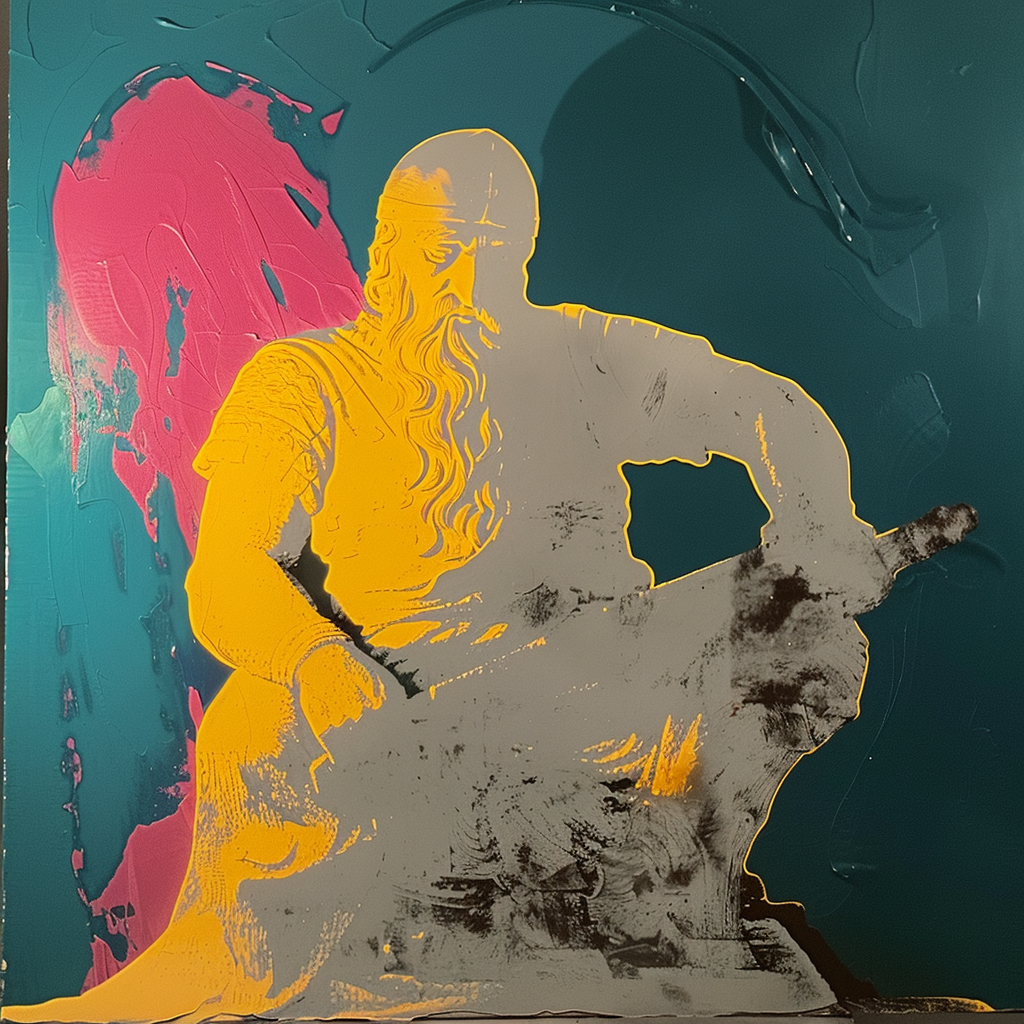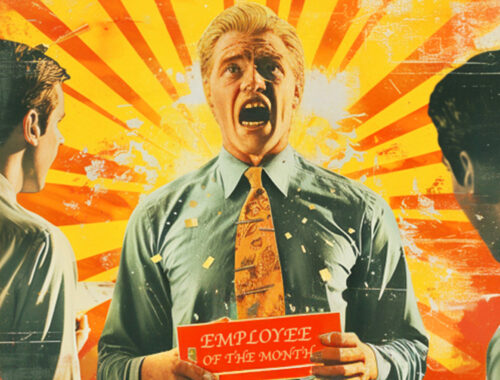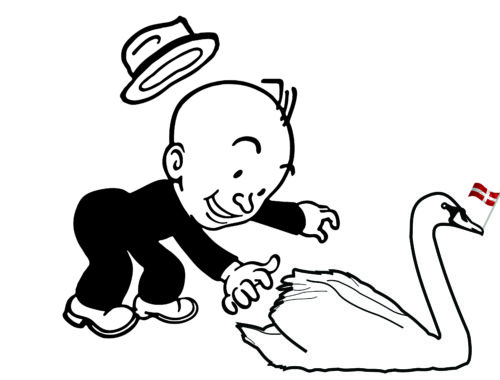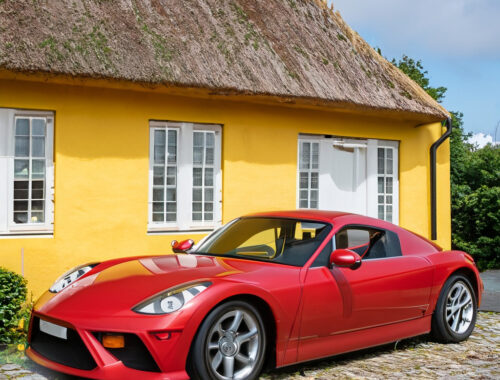Many countries have a fictional character who represents them. Uncle Sam for the USA, Marianne in France, Bharat Mata or Mother India.
Others have a legendary figure, who was real at one point but is now shrouded in myth, like King Arthur in England.
For Denmark, Holger Danske is both.
He was probably real, although he didn’t live in Denmark. He was a Danish knight living in France in 8th century, serving Charlemagne, and he appears in several of the epic poems of the time as Ogier the Dane.
When those poems were translated into Old Norsk, he became Oddgeir danski, which gradually morphed into Holger Danske.
The sleeping hero
He has been a hero for centuries. And he is a sleeping hero.
The legend is that when Denmark is in trouble, Holger Danske will rise from his slumber and come to its defense.
This is why during World War II, when Denmark was occupied by the Nazis, one of the largest resistance groups called itself Holger Danske.
Consumer products
If you’re not Danish, you may have experienced Holger Danske in the form of consumer products.
There is a Holger Danske moving company with trucks all over Denmark, a Holger Danske beer, Holger Danske Aquavit liquor, Holger Danske tobacco. There’s a Holger Danske bar. Holger Danske has appeared on the Danish national football shirt.
And, very famously, there’s a statue of Holger Danske in the basement of Kronborg Castle, often known as Hamlet’s Castle, in Helsingør, Denmark – which Shakespeare referred to as Elsinore.
(I go by the castle in my new audio tour of Helsingør.)
Beware of bats
Anyway, Kronborg Castle is huge, and it has a huge basement, where they used to hide troops so they could spring out and surprise the enemy.
You can visit the basement if you go to the castle – it is cold, dimly lit, and maze-like. There’s water running down the walls, and a big sign warning you to beware of bats. The floor is made up of huge stones called “potato paving” that have been worn by centuries of foot traffic but are still pretty difficult to walk on.
And, in the middle of it, is a giant statue of Holger Danske.
His beard grew into the table
It was Hans Christian Andersen who decided that Holger did his sleeping in the basement of Kronborg Castle.
According to the Hans Christian Andersen story, Holger’s beard actually grew into the marble table as he slept while waiting to save Denmark.
Apparently an angel would visit him every Christmas Eve and tell him he could continue sleeping because Denmark was doing OK.
Opera with Arabic heroine
Andersen’s story wasn’t the only fictionalization of the Holger Danske legend. There was an opera written about him in the 1700s, when, interestingly, he had an Arabic girlfriend. Rezia, who was the daughter of the Sultan of Bagdad.
That opera was performed repeatedly during the Nazi occupation of Denmark. It became a symbol of national identity and patriotism.
Babies named Holger
And the legend of Holger Danske remains popular. In addition to all the consumer products, Holger is very popular name for little Danish boys – according to Denmark’s official statistics agency, 214 babies were named Holger last year. So you may hear it called out on a Danish playground. Holger!
Or on a tennis court. 21-year-old Holger Rune is the big Danish tennis hopeful of the moment.
Holger Danske is cool.
Concrete statue in a basement
I should warn you, though, that the statue in the basement of Kronborg Castle isn’t a particularly exciting work of art. It’s made from concrete, replacing a 1907 plaster version that disintegrated in the wet basement.
The plaster version was the model for a fancier bronze version that used to sit outside a local hotel, but it was the plaster version that became the tourist attraction.
If you visit, you’ll note that its concrete replacement is very dramatically lit, and it’s fun to go down there and see it, but in artistic terms it’s not really Michelangelo.
Holger Danske moves to Skjern
Meanwhile, the original bronze version was sold at auction in 2013 to a group of investors in Skjern, which is a town in Jutland of not quite 8000 people. It’s about 20 minute drive from Ringkøbing or an hour’s drive from Esjberg.
I have not been there myself, but from what I can see online, Holger Danske is in a parking lot, near some a ladies’ clothing shop and a hardware store.
Let’s face it, he’s outside a strip mall in the provinces.
But he’s still Holger Danske, and I feel confident that he will still come to save Denmark when we need him.




